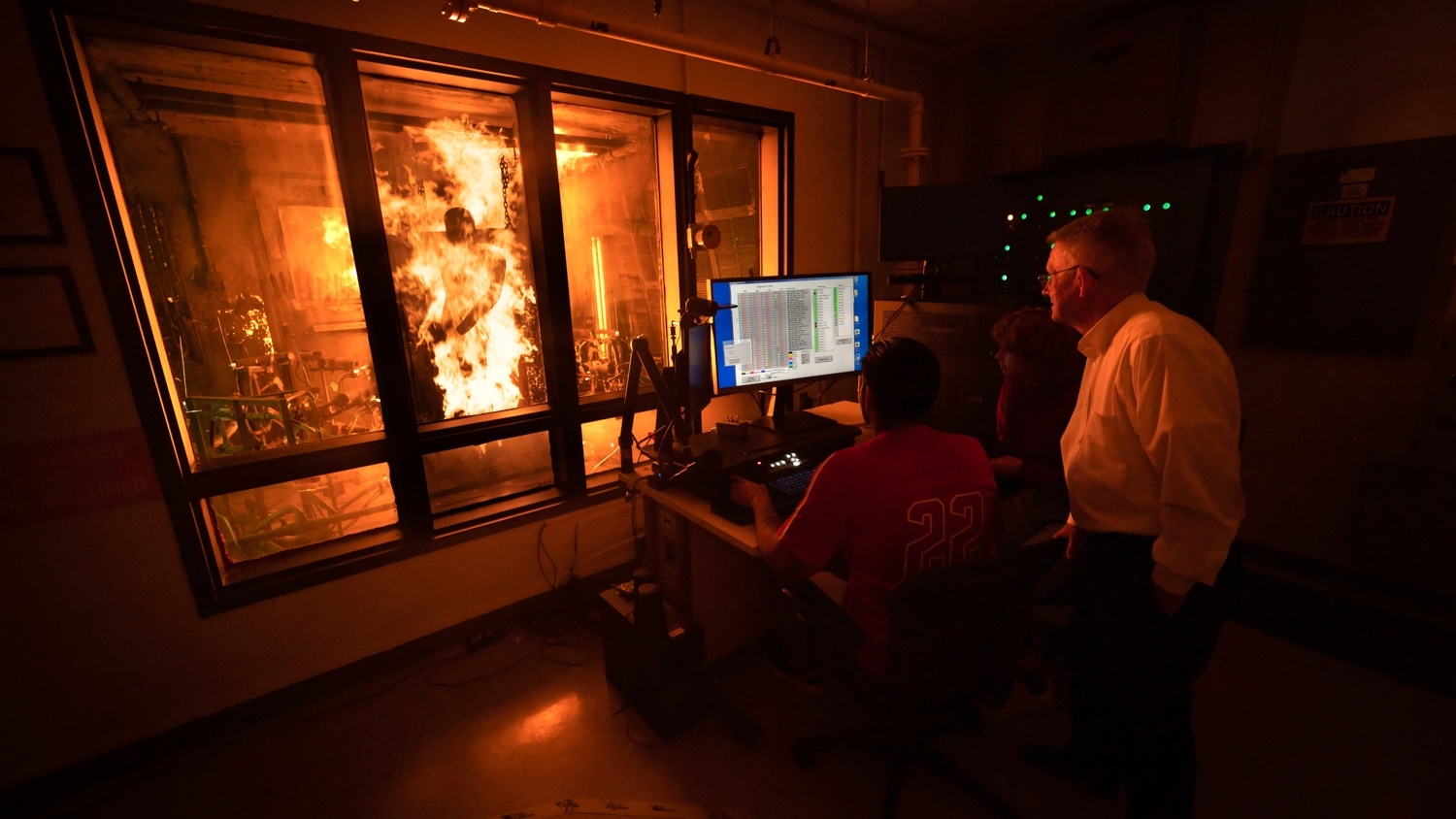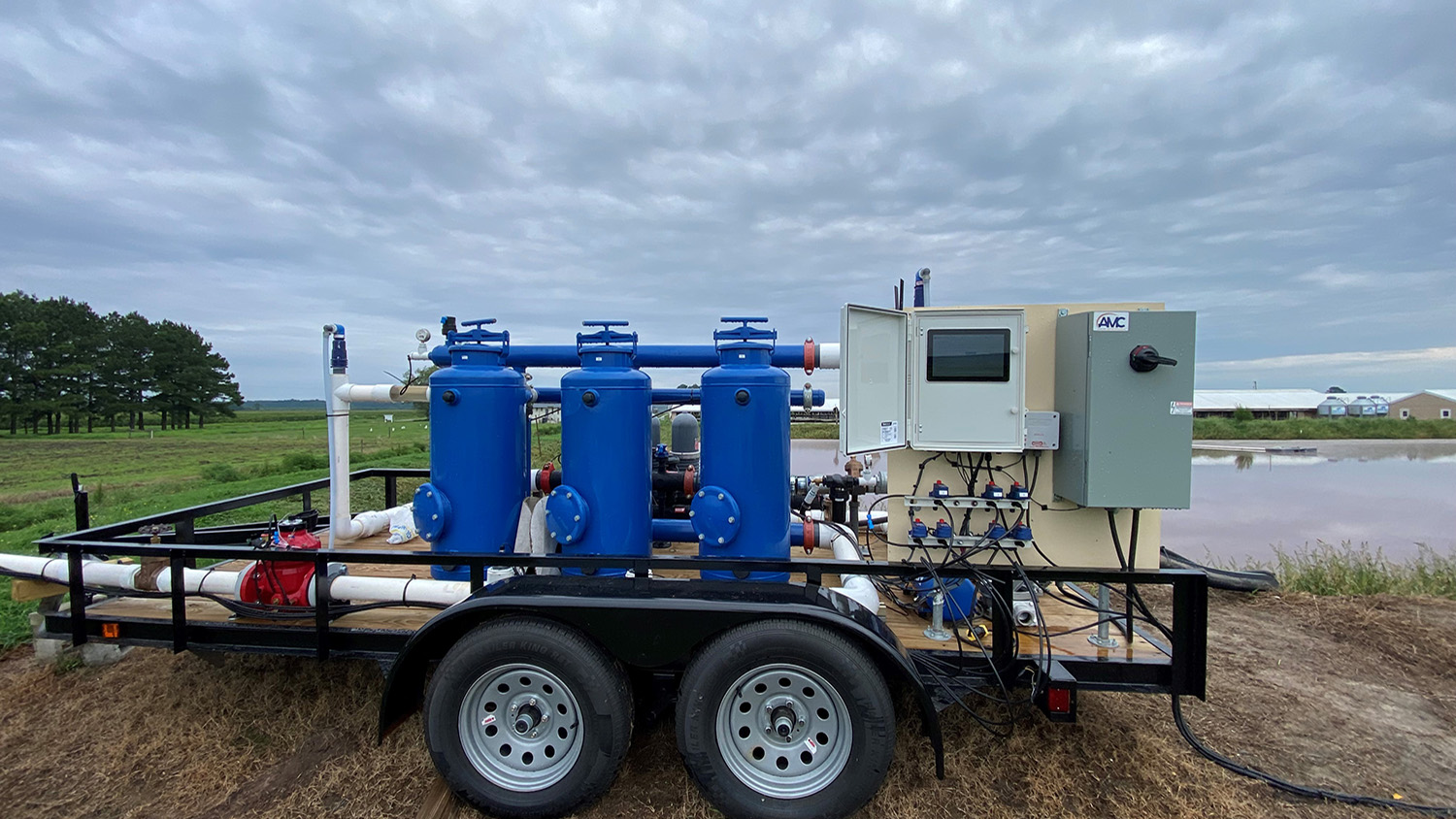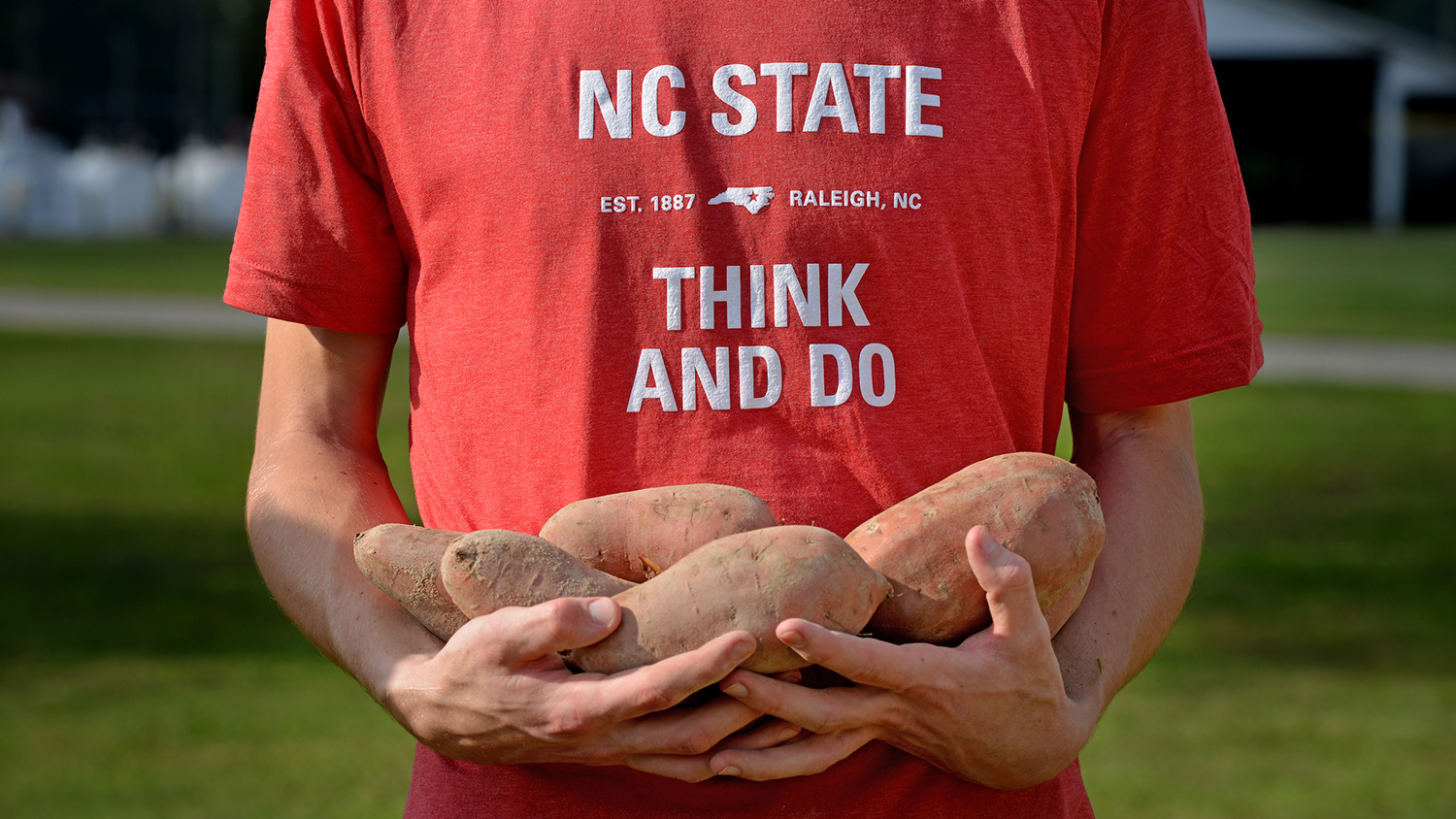DOE grant brings renewed energy to NC State COE in more ways than one

An NC State team was awarded a $2.1 million Department Of Energy grant, which comes at an exciting time for fusion research. Several experimental facilities around the world have set new operations records recently, and the fusion effort has also benefited from an infusion of early-stage venture funding from the private sector.
Creating new and sustainable designs for neutral beam ion sources at the Department of Energy’s (DOE) DIII-D National Fusion Facility is no easy task, but Florian Laggner, assistant professor; Amanda Lietz, assistant professor; and Steven Shannon, professor, are up to the challenge. To create fusion conditions, fuel must be heated to temperatures hotter than the sun, which is where the new research out of NC State comes in.
Neutral beam injectors are an effective heating method, but their ion sources are inefficient and limited in the amount of ions they can produce. At NC State, the main task is creating more efficient, innovative and reliable neutral beam ion sources for DIII-D.
“We want to get as much of the power as possible into the ion source,” said Lietz. “We will also model the plasma itself, and we really want a nice, uniform ion beam coming out of this source, which will then be neutralized and become a neutral beam, since you need neutrals to cross the magnetic fields in the fusion plasma.”
In the last few years, NC State has received DOE grants around fission materials for education and plasma system manufacturing, with one from the Oak Ridge National Laboratory dedicated to fusion. Never before has the COE had an experiment onsite that directly contributes to one of DOE’s bigger fusion facilities.
“The new grant is the next step in diversifying the focus area portfolio by integrating plasma expertise with fusion energy engineering at the NC State Department of Nuclear Engineering,” said Kostadin Ivanov, head of the department, which is ranked third in the U.S. “Investing in the neutral beam ion source project will further globally enhance our research and teaching efforts.”
Laggner, Lietz and Shannon plan to use the grant to hire undergraduate students, graduate students and postdoctoral researchers; purchase the necessary equipment; and more. The students and researchers will have expertise in a range of related topics, from fusion heating systems to industrial plasma manufacturing and plasma modeling.


